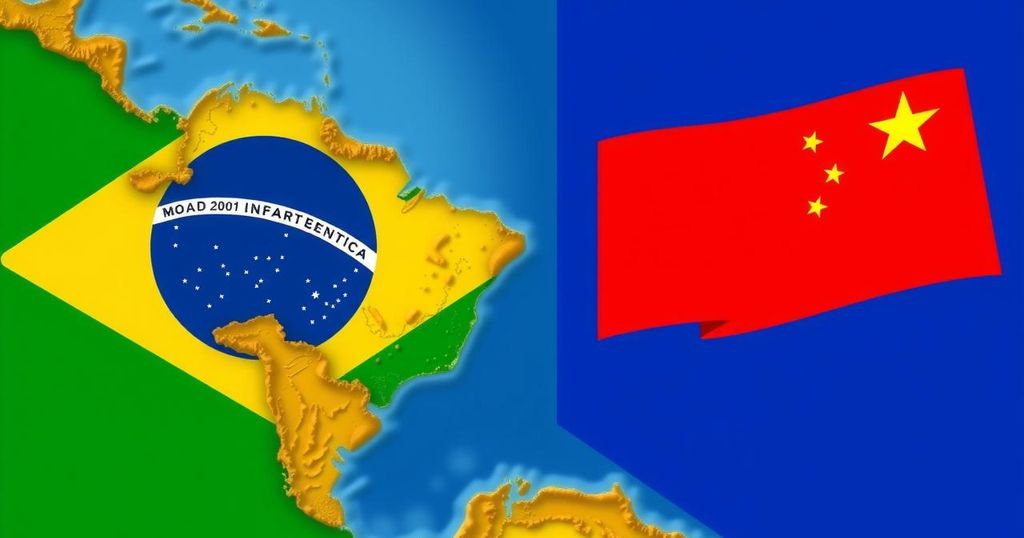China and Philippines Exchange Accusations Following Maritime Collision in South China Sea
Recently, tensions between China and the Philippines have escalated following a collision between vessels from both nations in the South China Sea. The incident occurred on Saturday, inciting a series of accusations as each country blamed the other for the confrontation, as reported by the French news agency AFP.
A spokesperson for the Chinese Coast Guard, Liu Dejun, asserted via social media that the Philippine vessel acted with intent, claiming it had “deliberately collided” with a Chinese coast guard ship in what he described as an “unprofessional and dangerous manner.” In contrast, Philippine officials contended that their coast guard ship, the BRP Teresa Magbanua, had sustained damage due to being rammed repeatedly by a Chinese vessel.
The Philippine ship had been stationed at Sabina Shoal, a region of substantial economic interest to the Philippines, since mid-April, amidst concerns regarding potential Chinese expansion into the area. In fact, recent diplomatic protests from China were filed citing the prolonged presence of the Philippine vessel in these waters.
China’s expansive claims over almost the entire South China Sea have intensified conflicts with the Philippines, particularly as they see the Sabina Shoal as critical for international trade. This delicate situation is further complicated by the United States’ treaty obligations to defend the Philippines, which could lead to significant ramifications in the event of increased hostilities.
Additinally, Commodore Jay Tarriela of the Philippine Coast Guard emphasized the nation’s stance during a news briefing, assuring that the Magbanua would remain anchored at Sabina Shoal despite “harassment and bullying tactics” from the Chinese coast guard. Video evidence was released by the Philippine Coast Guard that purportedly supports their claims of aggressive actions by the Chinese vessel.
MaryKay Carlson, the U.S. Ambassador to the Philippines, openly expressed support for the Philippines, stating on social media, “We stand with the Philippines in upholding international law.” Frequent confrontations are becoming the norm in scenarios where Philippine vessels attempt to deliver supplies to their stationed sailors within the contested maritime zones, particularly around Sabina Shoal and the nearby Second Thomas Shoal, where China has exhibited considerable interference.
It is worth noting that last month, both nations reached an agreement aimed at preventing confrontational incidents in the region. In another development, Japan has protested against Chinese survey ships entering its territorial waters, underscoring broader regional concerns regarding China’s military activities, particularly in collaboration with Russia. This rising tension was illustrated by a Chinese military aircraft’s brief incursion into Japanese airspace, which was promptly addressed by Japan’s government. In a tense international climate marked by territorial disputes, the situation in the South China Sea continues to demand careful navigation and diplomatic engagement among the parties involved.








Post Comment